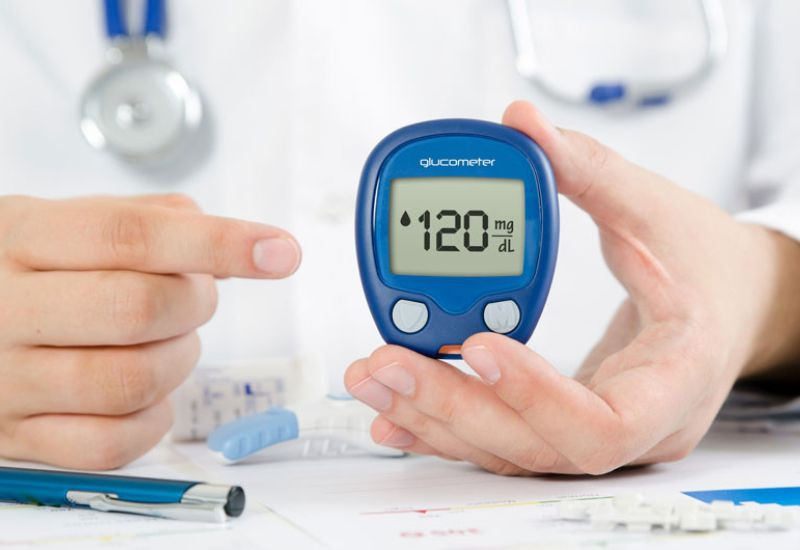Hello, Ms. Vân,
Consistently elevated blood sugar levels over time can lead to metabolic disorders related to nutrients like carbohydrates, proteins, and fats. Regular monitoring of blood glucose levels is essential for managing the risk of diabetes and controlling complications if present.
According to the World Health Organization (WHO), normal fasting blood glucose levels range from 70 to 100 mg/dL (3.9 - 5.6 mmol/L). Fasting blood sugar levels between 100 and 125 mg/dL (5.6 - 6.9 mmol/L) are considered indicative of prediabetes, and at this point, lifestyle changes and regular blood sugar monitoring are recommended.
Based on the information you provided, your blood glucose level was measured early in the morning before eating, meaning it is your fasting blood glucose level. Thus, your fasting blood glucose of 130 mg/dl is considered elevated, commonly referred to as "hyperglycemia."
An elevated fasting blood sugar level, as in your case (130 mg/dl), indicates a higher risk of diabetes compared to those with normal fasting blood glucose. Fasting blood glucose is used to encourage healthy eating and behavior and to monitor the effectiveness of diabetes treatment.

To determine if a blood glucose level of 130 mg/dl confirms diabetes, you can refer to the following diagnostic criteria for diabetes (according to the American Diabetes Association - ADA), which include one of the following four standards:
If you have no classic hyperglycemia symptoms, criteria 1, 2, and 4 should be tested again 1 to 7 days after the first test to confirm whether or not you have diabetes.
From the information you shared, we do not yet know whether you have experienced any typical symptoms of diabetes, such as:
If you have these symptoms along with a fasting blood glucose of 130 mg/dl as measured in your recent health check, it is likely you have diabetes.
If you have no such symptoms, we recommend you recheck your fasting blood glucose within 1 to 7 days or take an HbA1c test.
Diet plays a critical role in reducing blood glucose levels. Physical activity is also essential for maintaining stable blood glucose levels.
To reduce blood glucose, choose foods with a low glycemic index (GI) to help stabilize blood sugar levels, manage diabetes, and slow the onset of complications. The GI of food determines how much it will raise blood sugar after consumption. Foods are divided into three groups based on their GI:
Avoid overcooked, mashed, or fried foods, as these can rapidly raise blood glucose.
Also, ensure you're getting vitamins and minerals that help regulate blood sugar and boost immunity, such as: Zinc, Vitamin C, E, D, Folic Acid (B9), and Selenium.
It's recommended to walk in the morning and evening (ideally 2.5-3 hours after meals), walking for at least 20 minutes each time. Regularly test your blood sugar and follow any prescribed medications from your doctor (if necessary).
Through Ms. Vân's sharing, we can see that blood tests are an essential part of overall health checks. Through these tests, doctors can assess the current health condition and provide the best care for patients, helping to minimize long-term health complications.
Thank you, Ms. Vân, for your question. If you have further concerns, please feel free to contact us directly for timely support from the Dripcare team of doctors and experts.
67
Useful article?
Useful article?
67
Useful article?